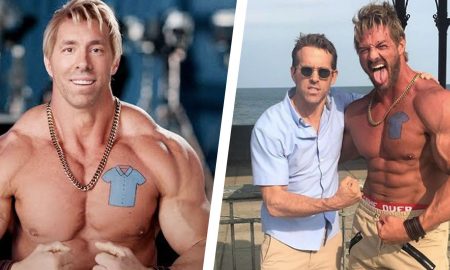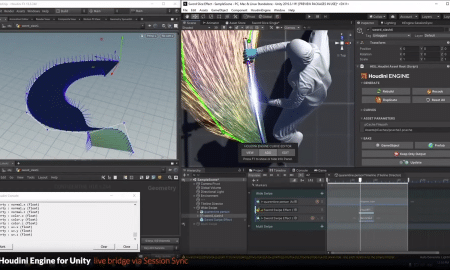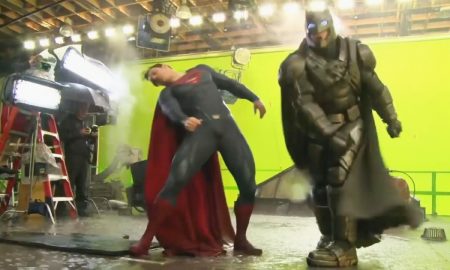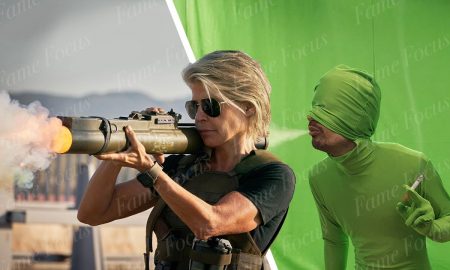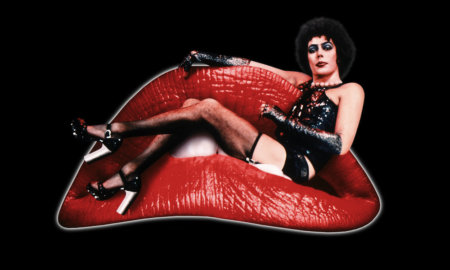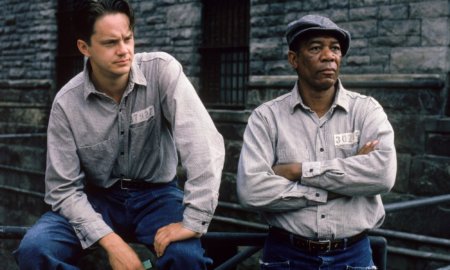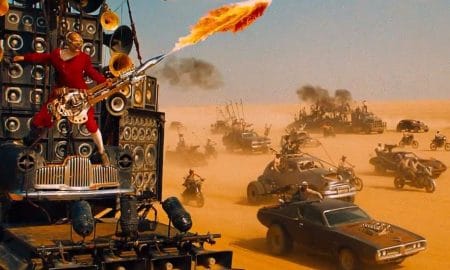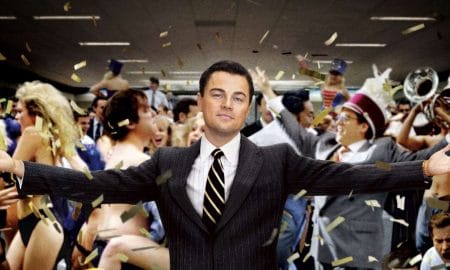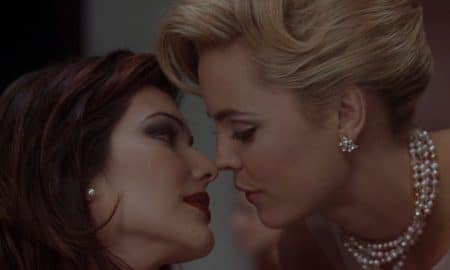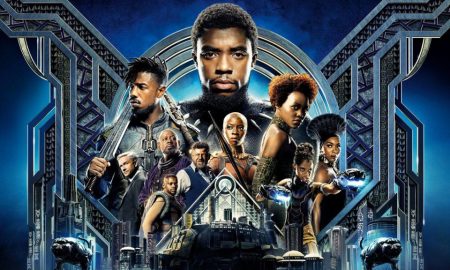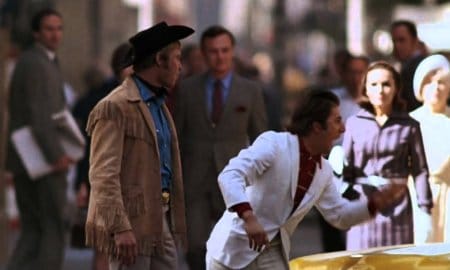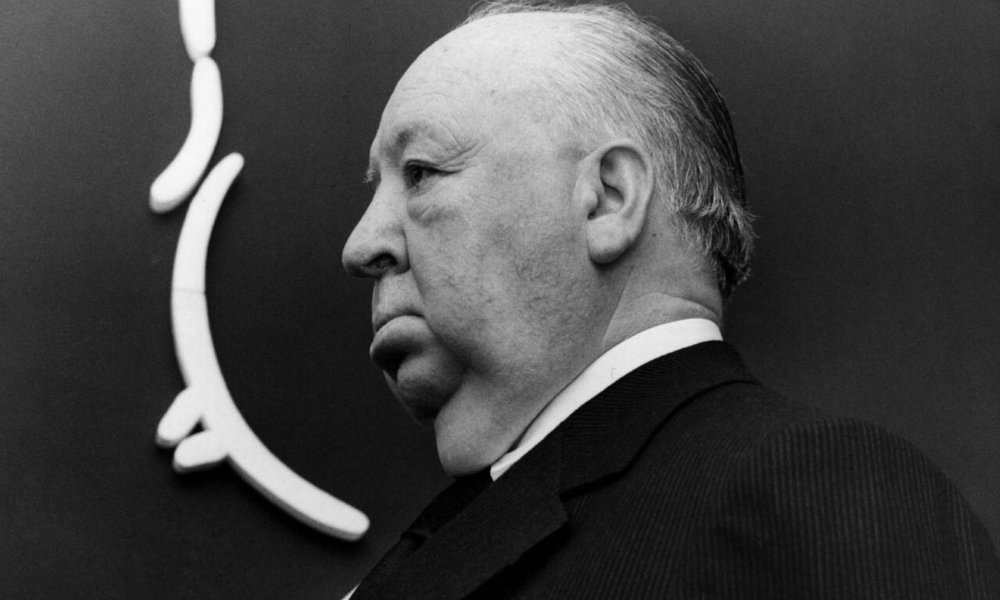

He’s perhaps the most influential filmmaker in movie history, and one of the most dynamic personalities of his era. Hitchcock was a shining example of how to mix thought-provoking art with popcorn-ready thrills. Along the way, he broke rules and paved the way to more a expressive and free cinematic age. Sure, you know the man was in pretty much every thing he ever directed (or produced), but there’s still an incredible amount of intrigue surrounding one of the most brilliant minds ever to pick up a camera. Here, for your consideration, are some things you may not know about the maverick director.
1. He Was a Big Scaredy Cat
Hitchcock actually refused to watch his own work; not out of some weird sense of humility, but because he felt his work was too frightening. Though he was intrigued by the subject matter surrounding horror movies, Hitchcock didn’t particularly care for the genre and was therefore unable to sit through an entire viewing of one of his films.
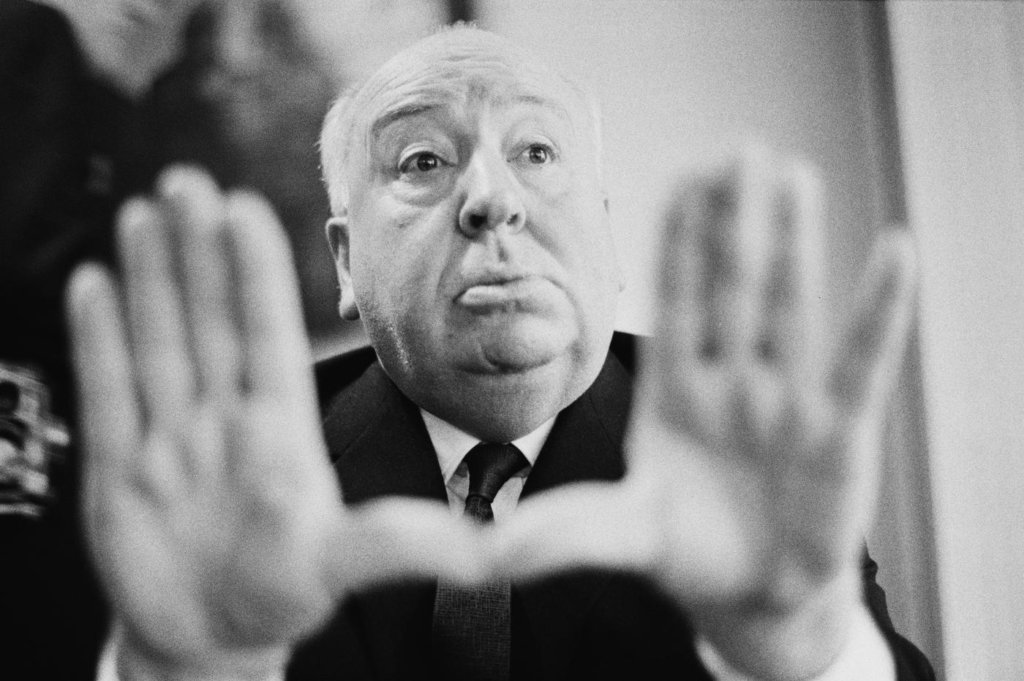
2. He Delayed Filming To Avoid Hurting Jimmy Stewart’s Feelings
When he was beginning work on spy thriller North By Northwest, Alfred Hitchcock absolutely did not want to cast Jimmy Stewart in the lead. The two had developed a film relationship previously having worked on classic films like Rear Window and Vertigo. The latter of which had bombed massively in the box office and Hitchcock secretly blamed Stewart. So, when it came time to shoot his spy movie, Hitchcock purposely waited until Stewart was cast in something else in order to hire Cary Grant guilt free.
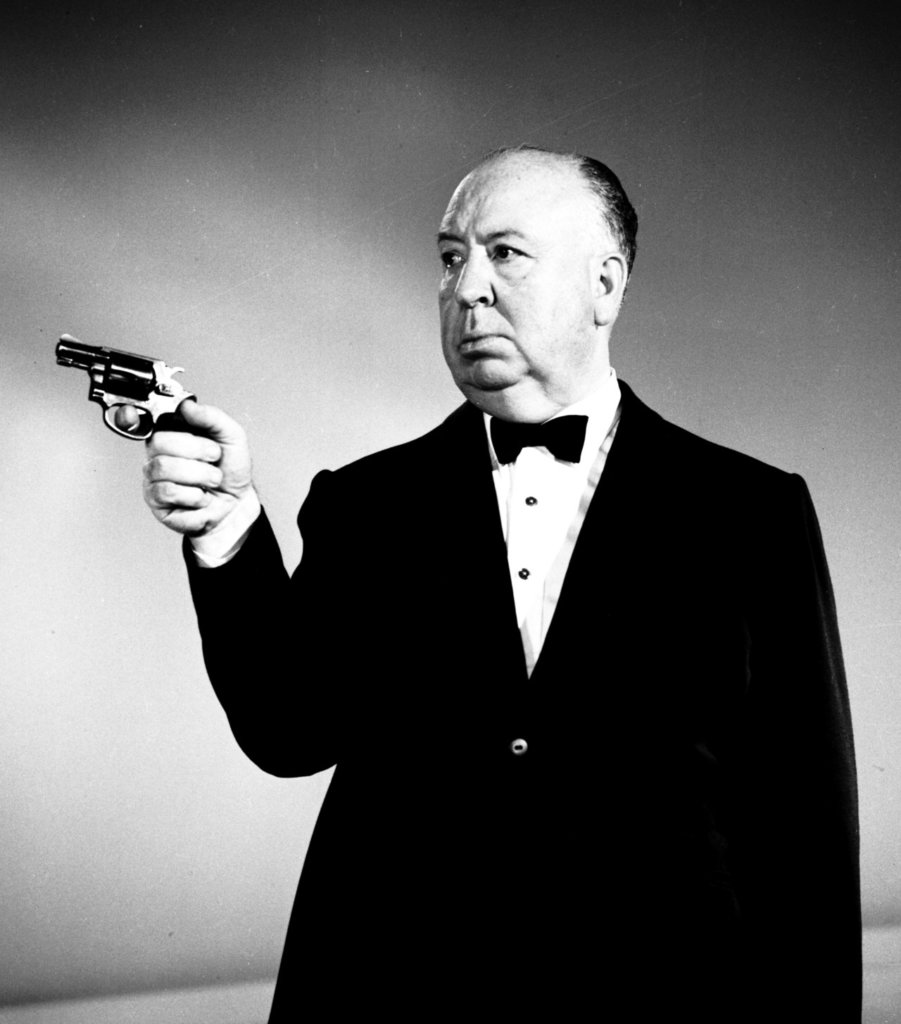
3. He Bought Every Copy of ‘Psycho’ He Could Find
One of Hitchcock’s most popular films, Psycho, was actually based on a book by Robert Bloch. In fact, he only found the book because it was handed to him by his trusted assistant, Peggy Robertson. Before the film’s release, Hitchcock had Robertson buy every copy of Psycho she could find in order to preserve the story’s surprise ending.
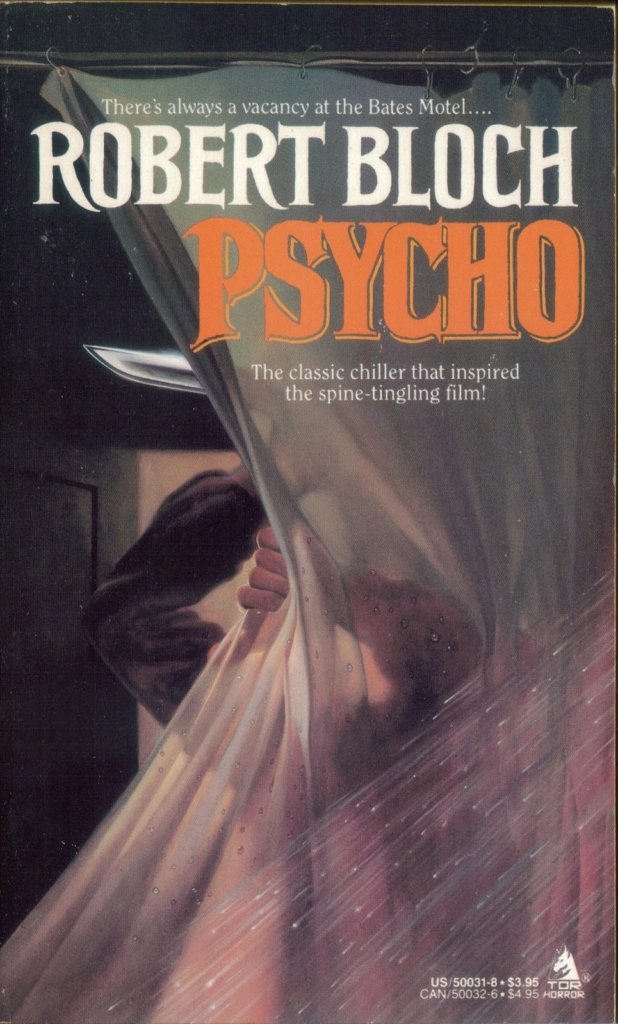
4. The Mountain Eagle
One of Hitchcock’s earliest film’s, a silent melodrama set in Kentucky called The Mountain Eagle, has been lost to history. Every single print of the film has vanished, much to the delight of the director, who once called it “a very bad movie.” Of course, even a bad Hitchcock film is still a Hitchcock film, and The Mountain Eagle is one of the most coveted lost films of all time.
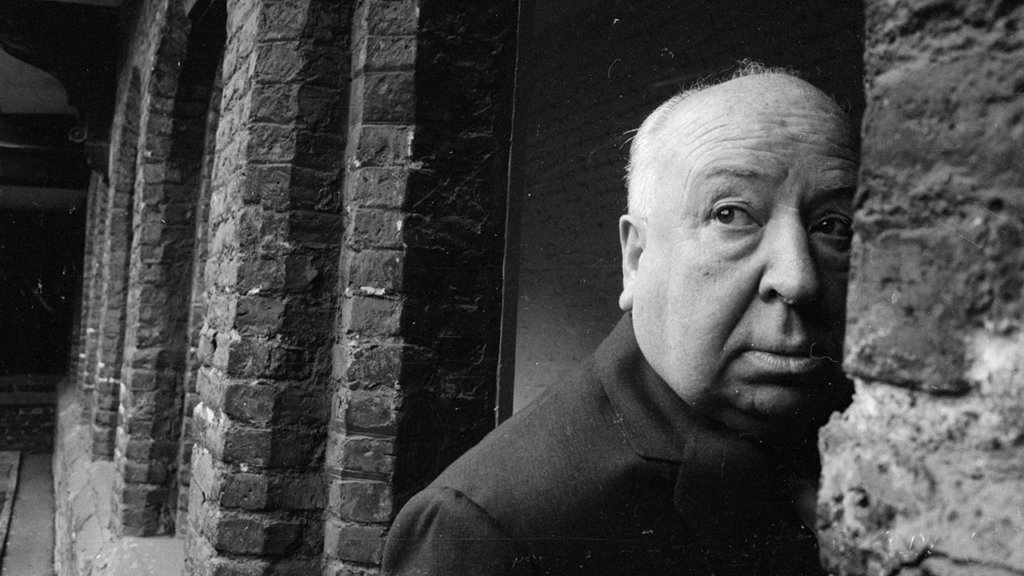
5. He Never Won an Oscar
Though he was nominated five times for his various efforts throughout his decade-long career, Alfred Hitchcock never won an Oscar. In 1968, he was given the Irving G. Thalberg Memorial Award for Lifetime Achievement, but even that wasn’t technically a win (even though he totally deserved it). It never seemed to be an issue for Hitchcock, though, as even when he won, his acceptance speech was just five words long: “Thank you, very much indeed.”
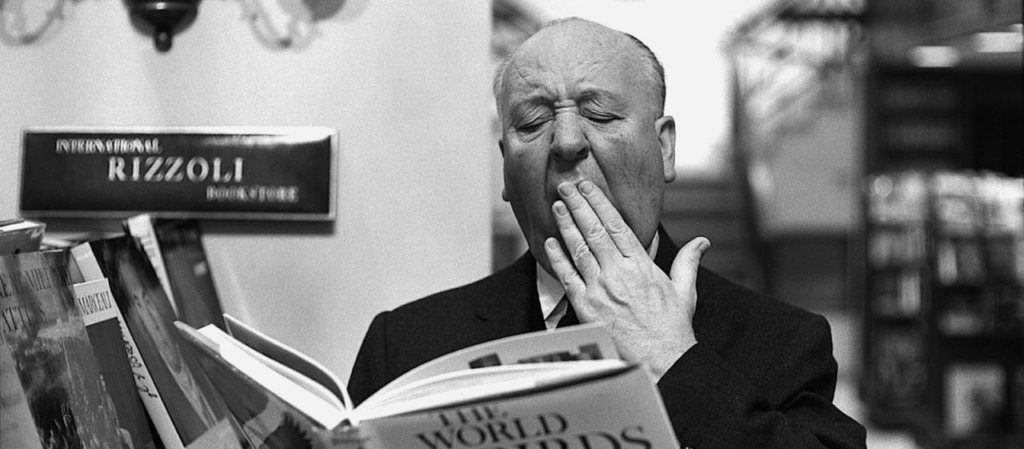
6. He Surrounded Himself with Talent
Obviously Hitchcock had relationships with on-screen luminaries like Cary Grant and Jimmy Stewart, but behind the scenes Hitchcock was constantly hitting up local talent to help him on the creative end. Iconic writers like Dorothy Parker, Raymond Chandler, Thornton Wilder and John Steinbeck were brought in to lend their advice to script issues, for example.
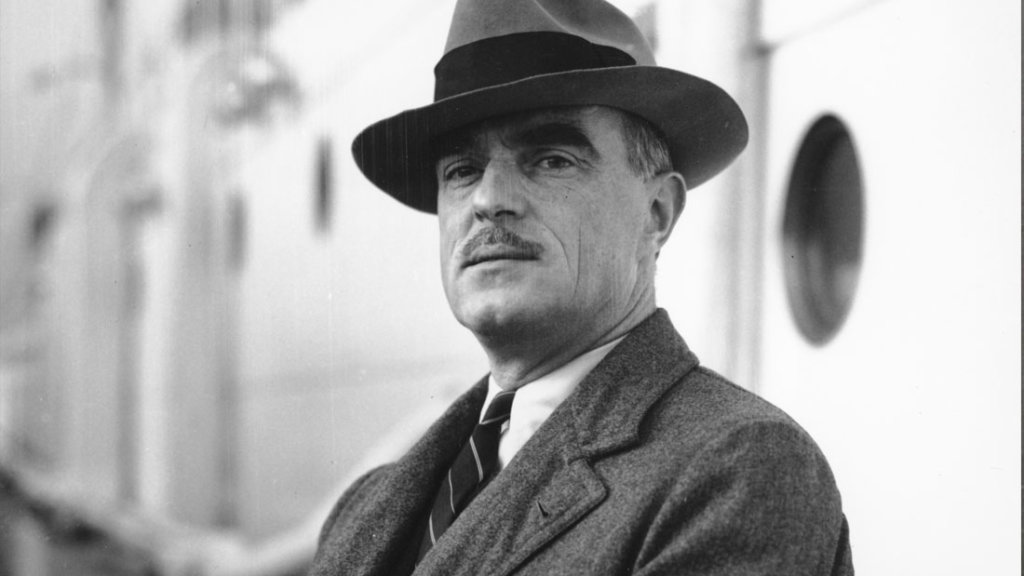
7. The Birds Has No Score
Hitchcock thought his swarm of murderous birds would be even more creepy and unsettling if his film didn’t have a conventional score. Instead, the world itself offers up brief snatches of musical accompaniment, and the direct leans heavily on bird sounds (obviously). Those sounds were actually created by Bernard Herrmann, the composer of Psycho, who was told by the director that his job wasn’t traditional music, but the creation of electronic bird calls.
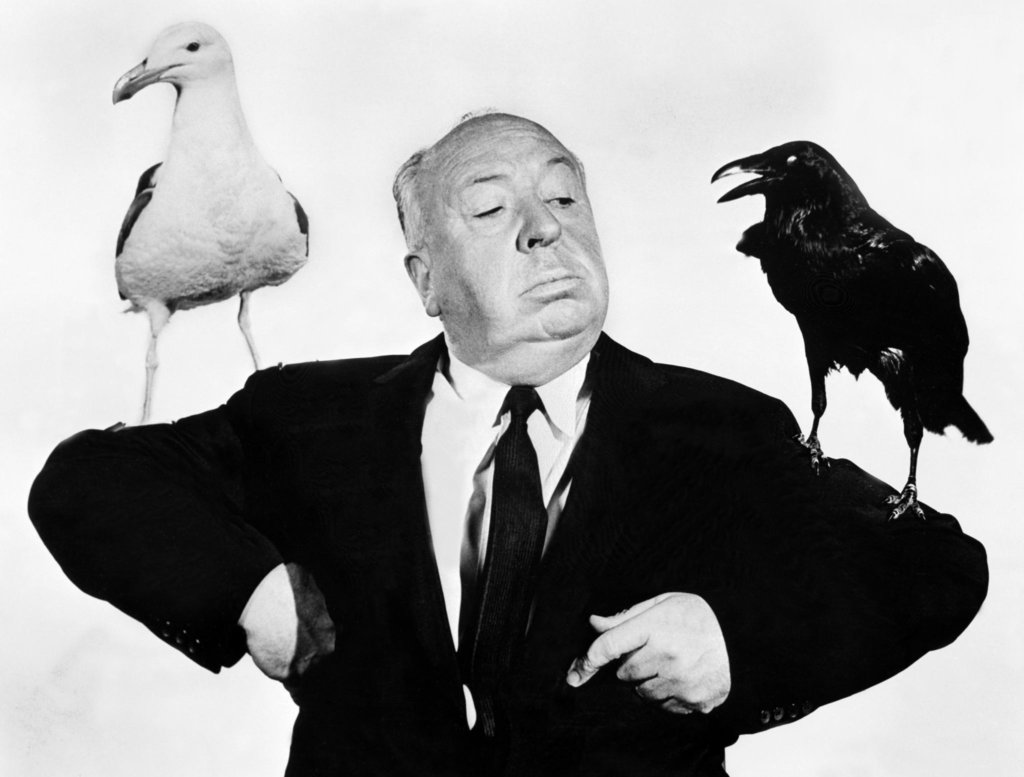
8. Hitchcock Vs the Hays Code
Hitchcock spent a big portion of his directing career butting heads with the ruling film restrictions of the day, the Hays Code. In fact, as the director was making Psycho, several scenes were intended to directly contradict the Hays Code (toilets like the one in the classic shower scene were strictly off limits, normally). In order to get this footage past censors, he sent them scenes of graphic violence and nudity, knowing they’d be cut but that he’d be shown a little leniency from there on.
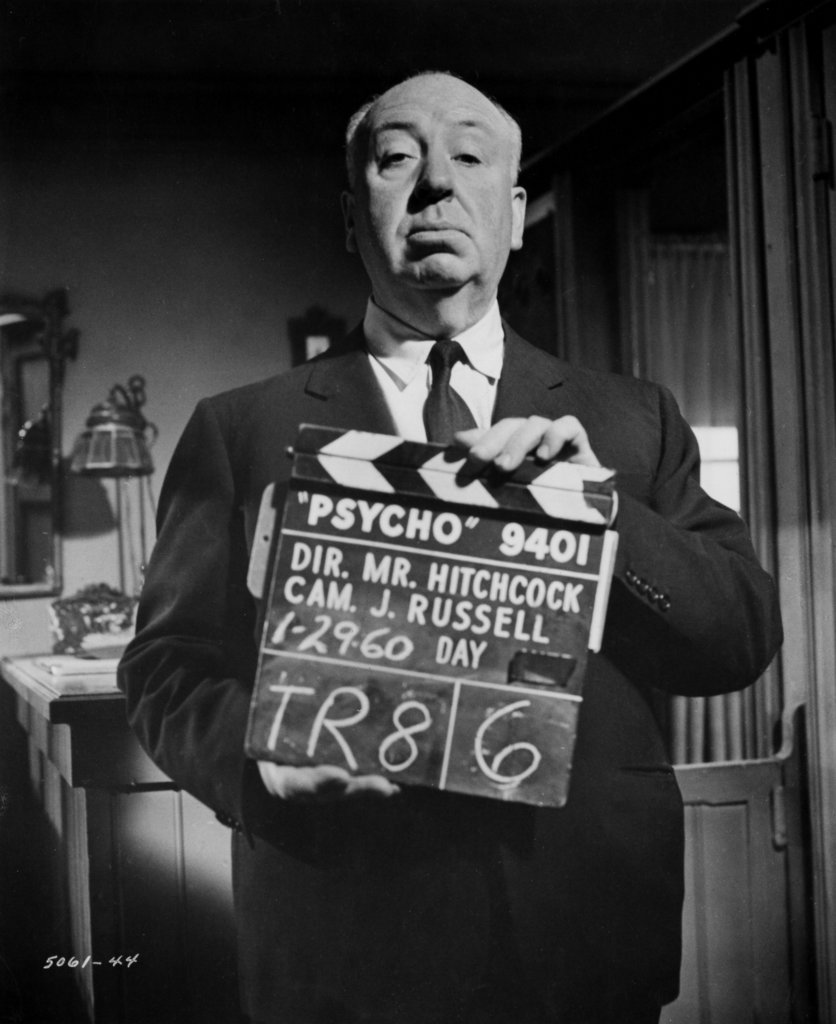
9. He Loved Practical Jokes
The director was something of a joker on set, much to the delight of every one of his crew mates … except the butt of the joke. You see, Hitchcock’s humor could get a little bit mean-spirited. One time he left two of his film’s stars handcuffed to each other for hours. Another time, he convinced one of his crew members to chain himself to a camera for a full night, then handed him a brandy that had been secretly laced with laxative.
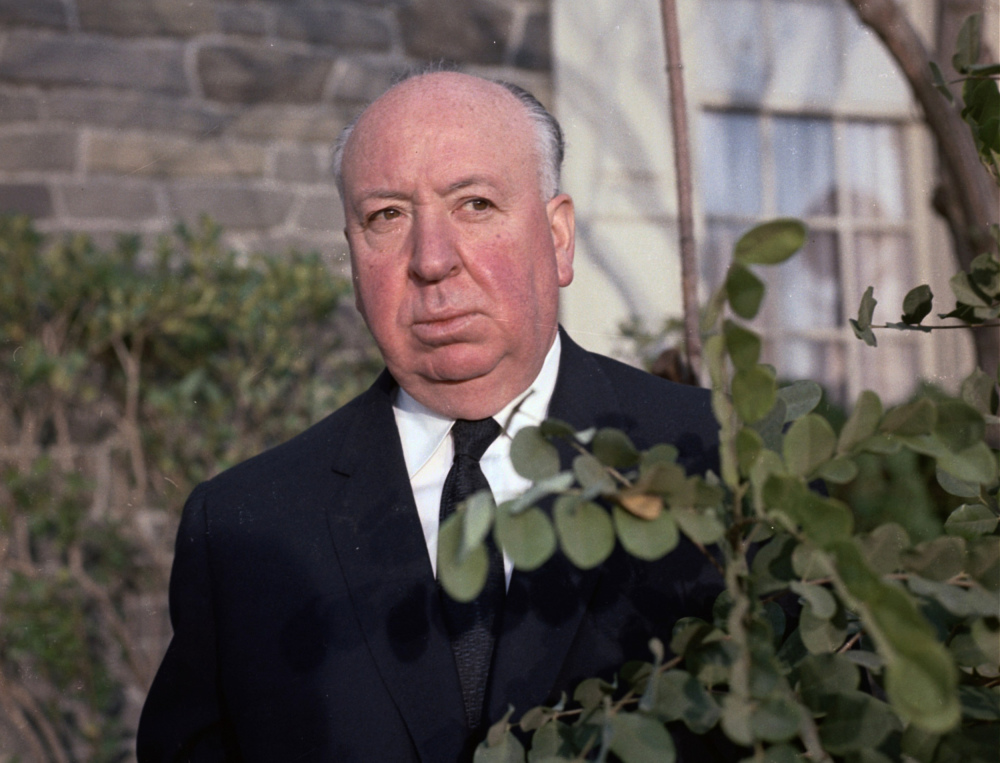
10. Alma Reville Was His Closest Collaborator
Who, you ask? Alma Reville was Hitchcock’s wife. The couple were married in 1926, and he valued her input to an almost fanatical degree. Stories from the set of a young Hitchcock often recall the director turning to his wife after each take and asking if she thought everything came out okay. Throughout the director’s career, she offered valuable insight on various crucial decisions. You know Psycho’s famous score? That was her choice.
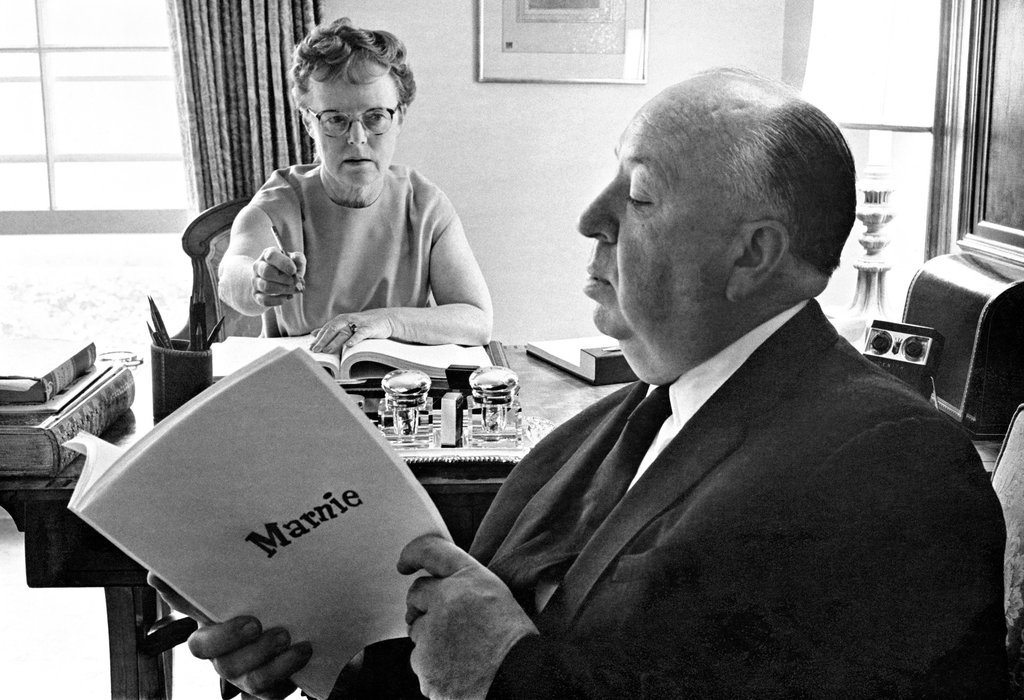
11. Five Lost Hitchcocks
At the end of their initial theatrical run, Hitchcock bought the rights to five of his films: The Man Who Knew Too Much, Rear Window, Rope, The Trouble With Harry, and Vertigo (likely because he was disappointed with audience reactions to these films). Once he’d purchased the rights, he put these movies under lock and key, where they stayed for more than thirty years before his daughter, Patricia, released the rights.
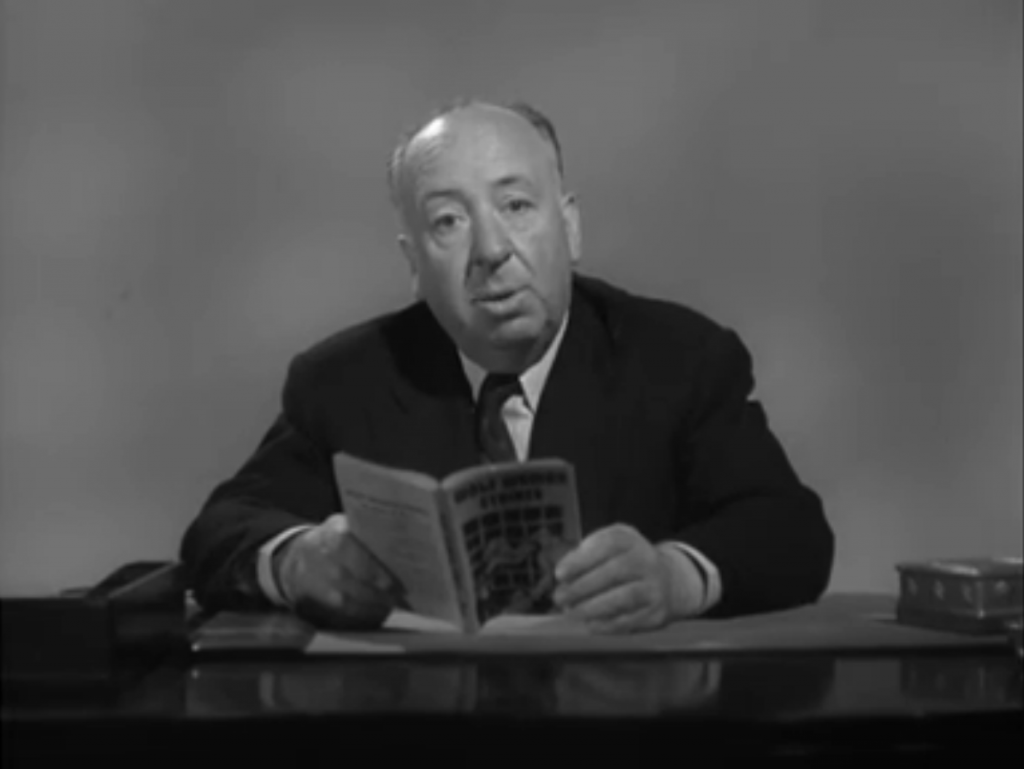
12. The Filming Guerilla
Even at the height of his power, there were some things that Hitchcock couldn’t make happen. One of those was getting filming permission at the United Nations building for North by Northwest. Undaunted, Hitchcock set up a secret film unit across the street from the UN and had Cary Grant walk into the building’s entrance. The people around the film star aren’t extras.
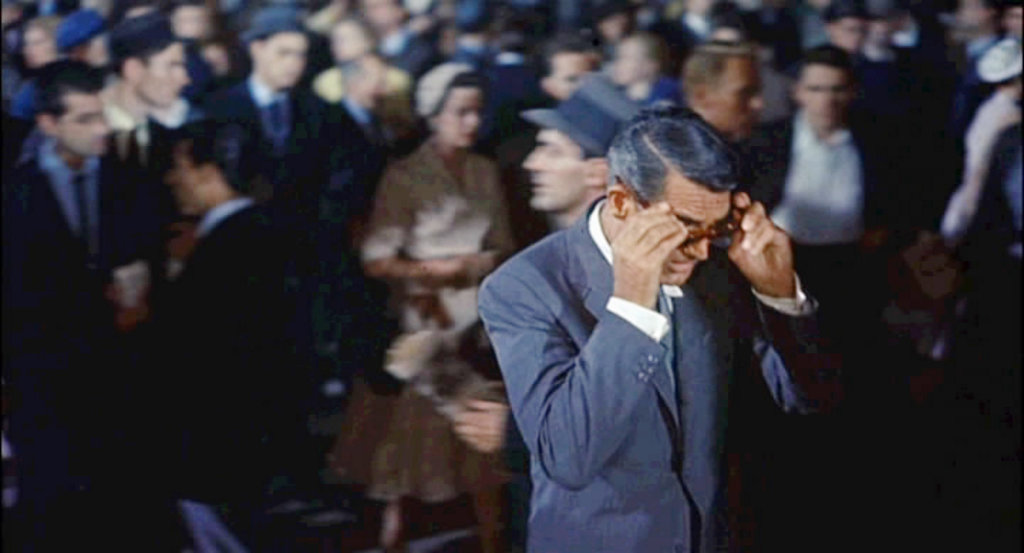
More in Movies
-
Amazing “Free Guy” VFX Breakdown
Whilst putting together our latest Breakdown of the VFX used in 20 Century Studio’s “Free Guy”, we interviewed Digital Domain’s VFX...
February 24, 2022 -
10 Reasons Why Practical Effects Are Better Than CGI
When Steven Spielberg recreated towering brachiosaurs using only computer wizardry for his 1993 classic Jurassic Park, computer-generated imagery (or CGI) skyrocketed...
July 13, 2018 -
12 Movies That Broke Impressive Worlds Records
Every year, more than 700 films are released in Hollywood. That number is steadily rising, which means that movies have to...
April 23, 2018 -
The 30 Sexiest Films of All Time
Love, sex, and passion are in the air whenever you watch one of the movies on our list. The displays of...
April 16, 2018 -
13 Surprising Facts About Marvel and Disney’s ‘Black Panther’
It only took a single Thursday evening in release to turn Disney’s newest superhero flick, Black Panther, into a bona fide...
March 9, 2018 -
12 Movie Bloopers That Accidentally Became Movie History
Unlike a lot of other art forms, filmmaking is a genuinely collaborative effort. There’s no such thing as complete control on...
February 2, 2018

